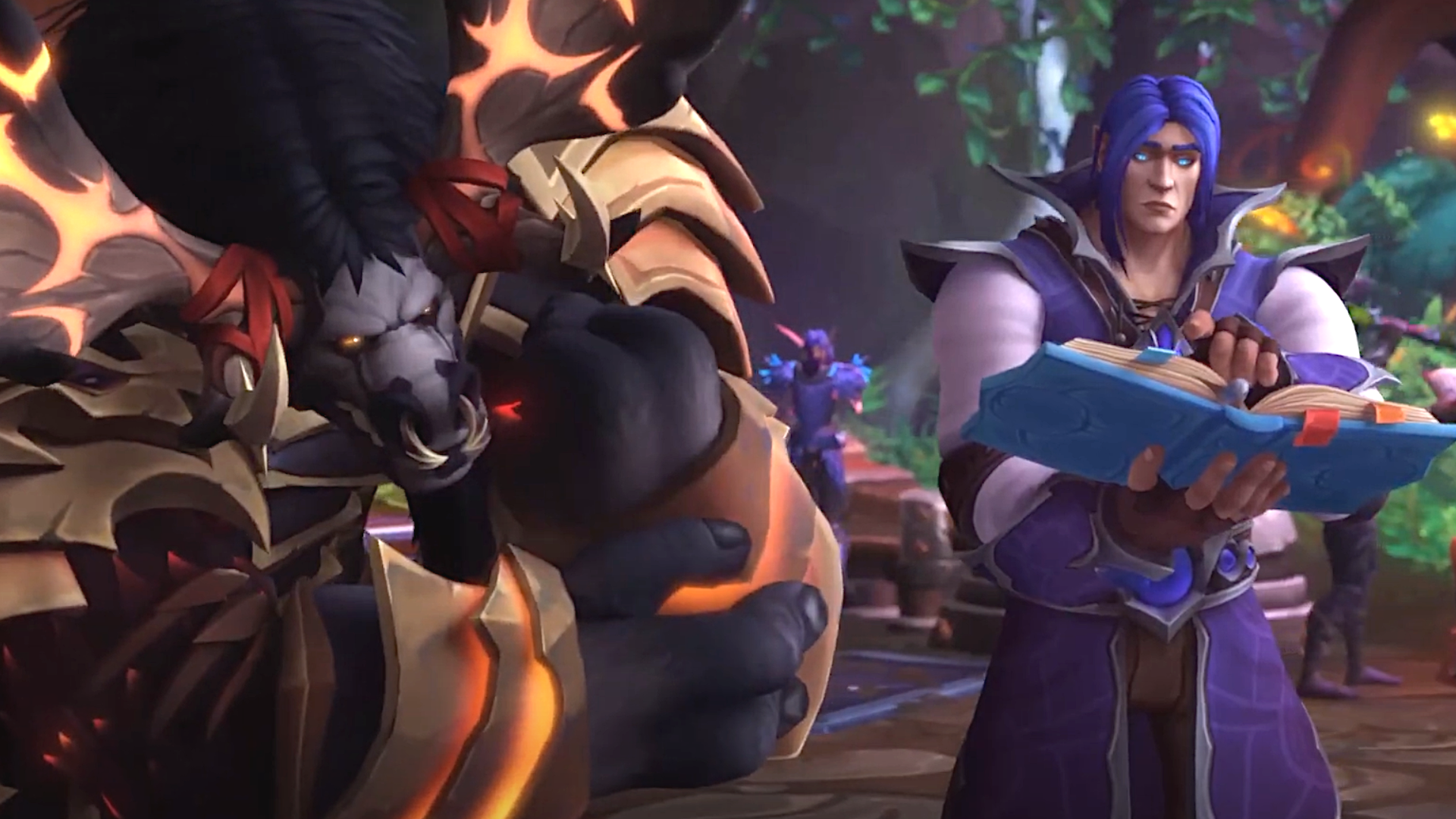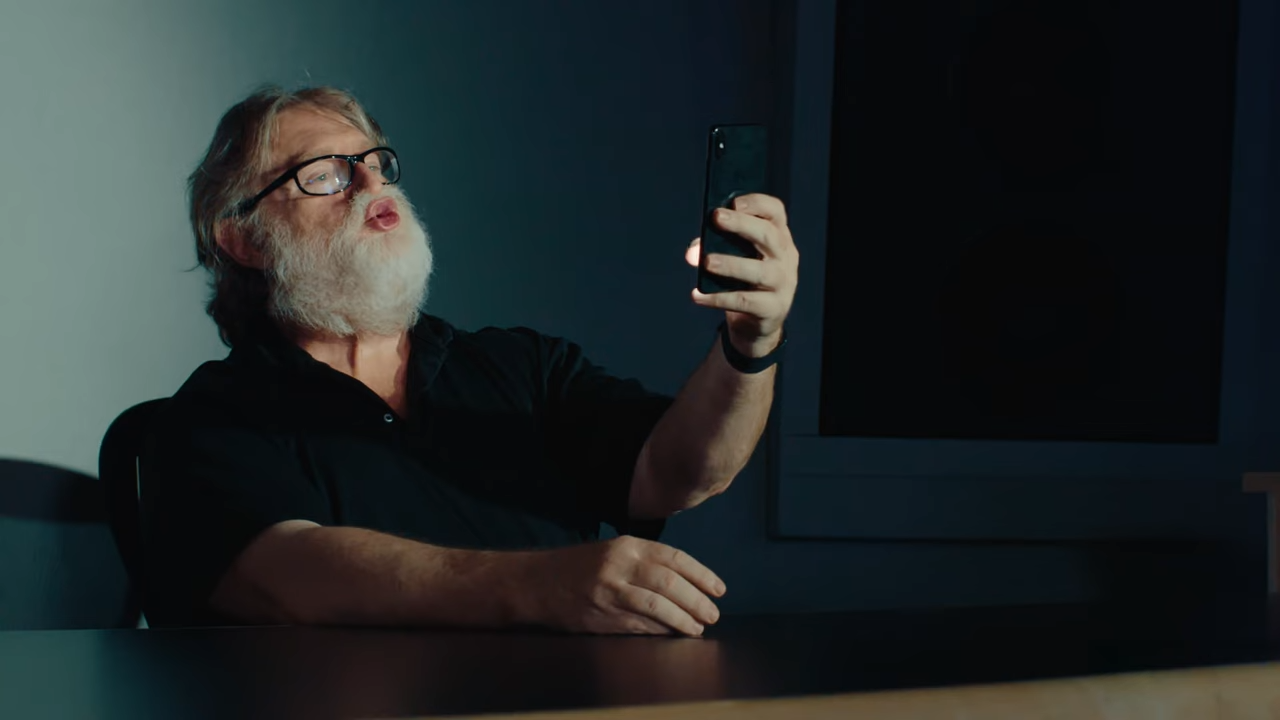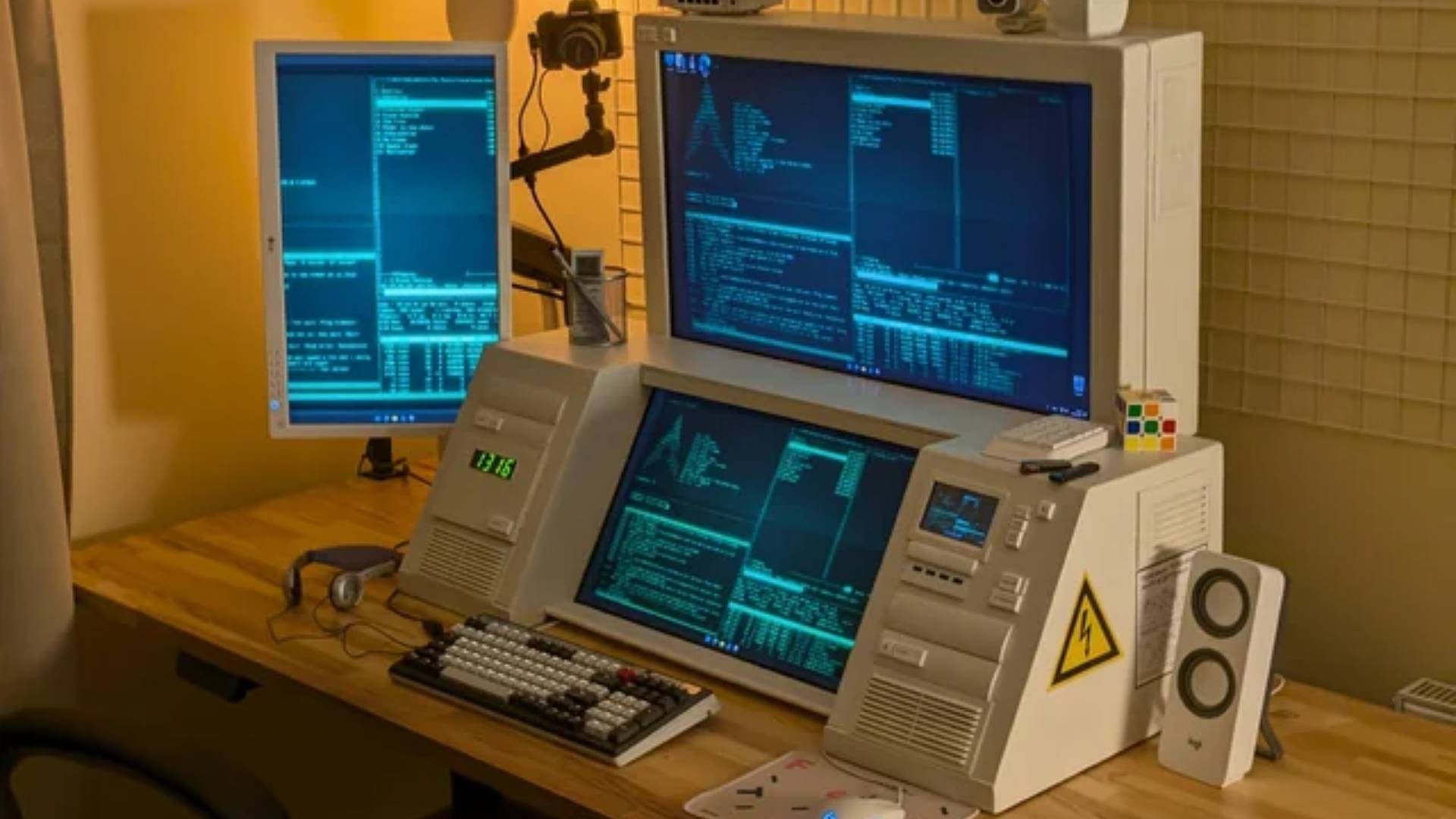
Digital machine learning tailors.
Generative AI in gaming has been a gnarled, thorny subject for the past few years. Recent experiments have raised the hackles of artists and writers alike—though thus far said experiments have mostly proved that it does a bad job of replicating the human touch.
As I mentioned last week, I feel like tech like Ubisoft’s “Neo NPCs” target the poor idea of creating a game you can play forever—something no-one really needs, even if the science fiction of the idea is appealing.
Not to mention the looming worry of human creatives—artists, writers, voice actors—losing their livelihoods. It’s a shame that the focus of these efforts feels so askew, since there are actually some pretty good use cases for machine learning that could help artists rather than replace them.
World of Warcraft isn’t fully buying into the Generative AI goldrush, though—that’s according to franchise director John Hight, who drew a similar line in the sand via a conversation with IGN at GDC.
Hight says his mother was an aeronautical engineer and his father was a fine artist, which gives him “appreciation for the creative process, what an artist goes through in their imagination. I think the artists on the team have a fear that the AI will be deployed to take them out of a job—and they certainly don’t want their work to be used without their permission, or without credit.”
While he says Blizzard is “still sorting that out. The rights issues, how far we use this technology,” he maintains that “we’re not using generative AI within WoW.”
Machine learning, however, is still on the table. In case you’re unfamiliar, there’s a notable difference between generative AI—machine learning algorithms that are designed to create artwork, voices, and writing—and using machine learning to automate certain processes. It’s not as simple as “good AI” and “bad AI”, obviously, but the latter slots more uneventfully into the automation tools artists and devs already use. Such algorithms are more similar to, say, a shader or a texture or a premade brush.
My favourite example of this—if only because it’s a movie (rightly) lauded for a creative human touch—is 2018’s Into the Spiderverse, which used machine learning to help draw and redraw the thousands of frames’ worth of comic book ink lines.
WoW’s use of machine learning is a little less glamorous, but it follows the same vein. Hight says they’ve used algorithms to help fit new armour sets across WoW’s 24 races (25 if you count Dracthyr, but they can’t use most pieces). “Our artists used to have to go through and they’d build it for human form and then they’d have to go and retrofit all these things for all the various body shapes and horns and big snouts and tails and all of that. That is just not particularly fun work for them.”
Hight says that they used machine learning as an experiment, and were delighted with the results: “It’s actually worked out really well. It’s allowed us to make a lot more different armour. The artists love it because it’s like, ‘Oh, thank god you got rid of the grungy part of what we’re doing.'”
It’s a small pinch of reassurance, especially after Blizzard filed a patent earlier this year for a system that’d let it make AI based off its own in-house work. In the interest of applying a due grain of salt, however, Blizzard as a company hasn’t had the most sterling track record with its employees, and plenty of artists were caught in the layoffs that rocked the company earlier this year.
Regardless, I’m glad Hight is cynical of generative AI, and I’m sure he means what he says, but we haven’t exactly hit the ceiling of what generative AI can do yet—who knows if the landscape will change if (or when) the tech becomes more appealing. Still, for now, you won’t have to worry about D’heep’fakk, the Old God of Generative Nightmares, worming its tendrils into Azeroth’s heart.



